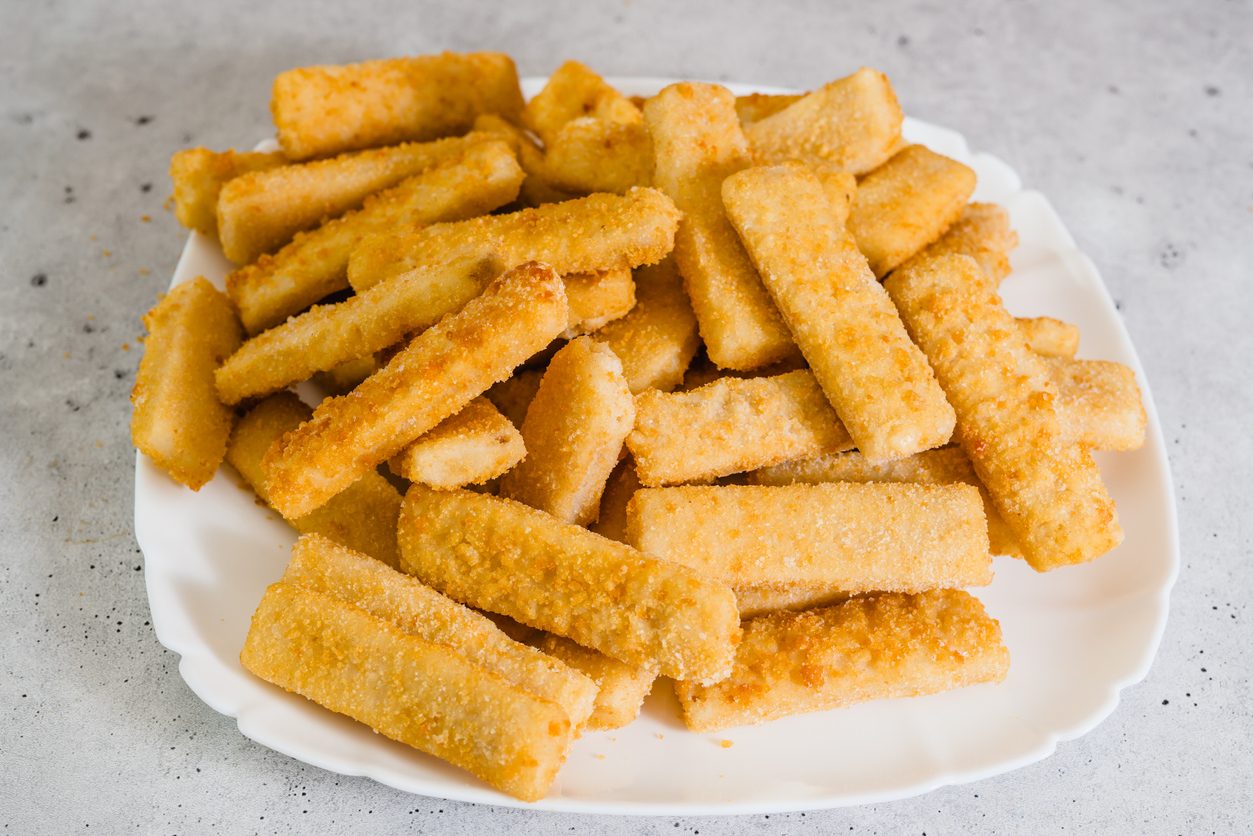Here’s Why You Should Never Use a Silicone Mold When Baking a Bundt Cake
Silicone molds might be trendy, but they’re not ideal for Bundt cakes. Unlike traditional metal pans, silicone can’t conduct heat evenly, doesn’t create those crisp edges, and lacks the structure to capture the cake’s iconic shape. It also cools too slowly, risking a sagging cake. For a perfect Bundt, stick to the classic metal pan—it’s designed for the job.
;Resize,width=742;)
Bundt cakes are known for their stunning, intricate shapes and dense, moist interiors, but they’re more than just a pretty pastry. Born from the German “Gugelhupf” and made famous in America, Bundt cakes require a unique pan with curves and ridges that capture every detail. With silicone baking tools trending, it’s tempting to grab a silicone Bundt mold for its flexibility and easy release. But when it comes to baking a classic Bundt cake, the original pan design can’t be beat—here’s why.
Silicone Just Doesn’t Conduct Heat
Silicone’s low heat conductivity might be perfect for some baking, but Bundt cakes need even heating to cook through and develop that perfect golden crust. The metal Bundt pan distributes heat efficiently, ensuring an even bake all the way through. In a silicone mold, however, the cake often cooks unevenly, leaving parts too soft or even undercooked while the top edges may dry out or burn.
Crisp Edges? Forget About It
One of the best parts of a Bundt cake is its slightly crisp, caramelized edges, which contrast beautifully with the soft crumb inside. Silicone, unfortunately, can’t provide this texture. Its non-stick, rubbery surface prevents the formation of those iconic, slightly crunchy edges. Instead, you’ll get a soft, smooth exterior—far from the robust structure of a traditional Bundt.

Details Lost in Translation
Silicone molds are famous for being flexible, but with Bundt cakes, that flexibility can be a drawback. The intricate ridges and curves of a metal Bundt pan help form the cake’s classic shape, with defined edges that hold even after baking. Silicone, however, tends to wobble and warp, leading to a less defined structure. You’re left with a cake that may be easy to unmold but lacks the sharp details that make a Bundt so beautiful.
Silicone’s Cooling Delay
Silicone molds retain heat differently, making cooling tricky. With a metal Bundt pan, the cake’s structure sets almost immediately after baking, which helps retain its shape. Silicone, however, tends to cool down more slowly, allowing the cake to settle or even sag. This can ruin the structure, especially with heavier cakes, which need a quick set to avoid collapse.

While silicone is handy for many desserts, Bundt cakes demand a pan that’s been tailored to their needs. The original Bundt pan doesn’t just look the part; it plays a crucial role in achieving the cake’s texture, form, and taste. In the world of Bundt cakes, sticking to tradition truly yields the best result.
;Resize,width=767;)
;Resize,width=712;)

